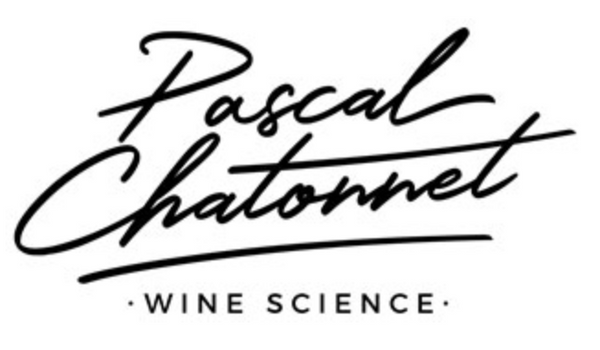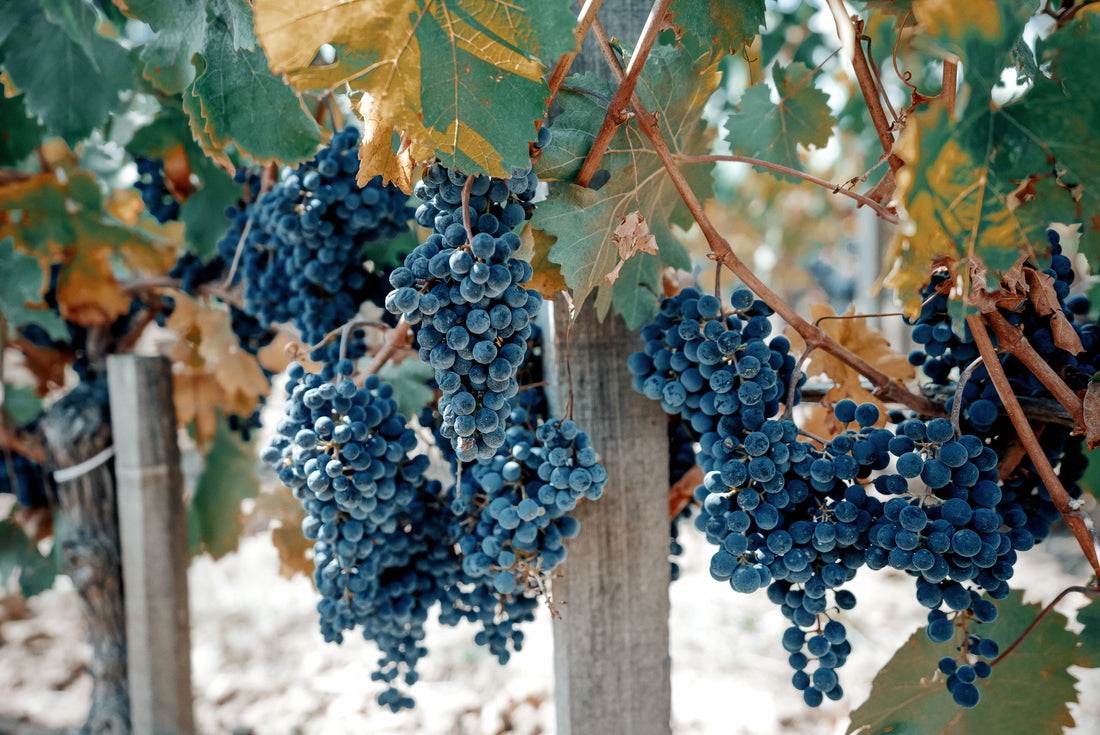This debate is old and relatively exploited, but it is a debate for the sores... According to some "Clones absolutely do not correspond to the notions of diversity and complexity which belong to our viticultural history"...by force since clonal selection does not appeared only at the beginning of the 1970s. But we must remember why we wanted to carry out clonal selection. Until then, if there was selection, it was called “massale”. Instead of buying vines from a nurseryman, mass selection consists of identifying the vines in your vineyard bearing the best fruit, or which appear the most interesting due to the balance they give to the wine they produce. We then take fragments of the branch and multiply them, then replant them. This type of selection is used by winegrowers who wish to preserve the viticultural heritage of a very old vine or improve the quality of a given grape variety. We made it from our old Malbecs. This is also the first step in so-called clonal selection. Some winegrowers imagine that by planting vines resulting from this type of selection, thanks to their diversity, they will obtain a better, more complex wine, more resistant vines, etc. Certainly there is more variability and therefore heterogeneity within mass selection compared to clonal, that is indeed the problem...In addition, mass selection plants are often excellent vectors viral diseases and incurable degeneration of the vine (rolling, short-knotted, flavescence, etc.). In fact, genetic diversity is more precisely epigenetic diversity 1. If the massale vines were genetically different, they would no longer be assimilated to the same original cultivar (grape variety) but would constitute another. Epigenetic diversity 2 is similarly subject to genetic erosion during vegetative multiplication which therefore induces, just as for clones, a mitotic alteration of transmissible epigenetic states. Clonal selection is a second step of initial mass selection. The most interesting vines are isolated and reproduced identically by cuttings, eliminating the least interesting plants from the initial selection. Their quality therefore depends solely on the selection criteria used. It is true that the first clonal selections carried out were carried out with essentially productivist criteria; quality was evaluated according to the quantity produced per hectare and the capacity of the vine to accumulate sugar... A bit short of criteria when it comes to producing high quality wines! So we were all disappointed by these first clones, now all torn off. But this absolutely does not call into question clonal selection in itself. From now on, we have a greater diversity of clones selected on eminently more complex and qualitative criteria. We therefore prefer to plant different plots with different clones, or different clones in the same plot, to reconstitute the absolutely essential diversity of expression.
https://fr.wikipedia.org/wiki/%C3%89pig%C3%A9n%C3%A9tique. Epigenetic diversity is notably linked to the degree of methylation/acetylation of DNA and histones constituting chromatin, to the presence of non-coding RNA, all of these elements modify the transcription of a genome that is nevertheless identical.
Ideological opponents will reproach us that the diversity of a few clones has nothing to do with the diversity conferred by hundreds or thousands of different individuals in the mass. This is a point of view which has some evidence, but no certainty in terms of practical results! It suits me more to manage biodiversity as I understand it than to endure that which I do not understand. We will therefore continue to plant as many different clones of each grape variety as possible whenever their characteristics seem
correspond to us; we will then assemble them, during vinification or later, to use and not suffer this complexity. However, it is essential that nurseries can offer us in the near future as wide a diversity of clones as possible; for this the regulatory constraints regarding multiplications must evolve.

